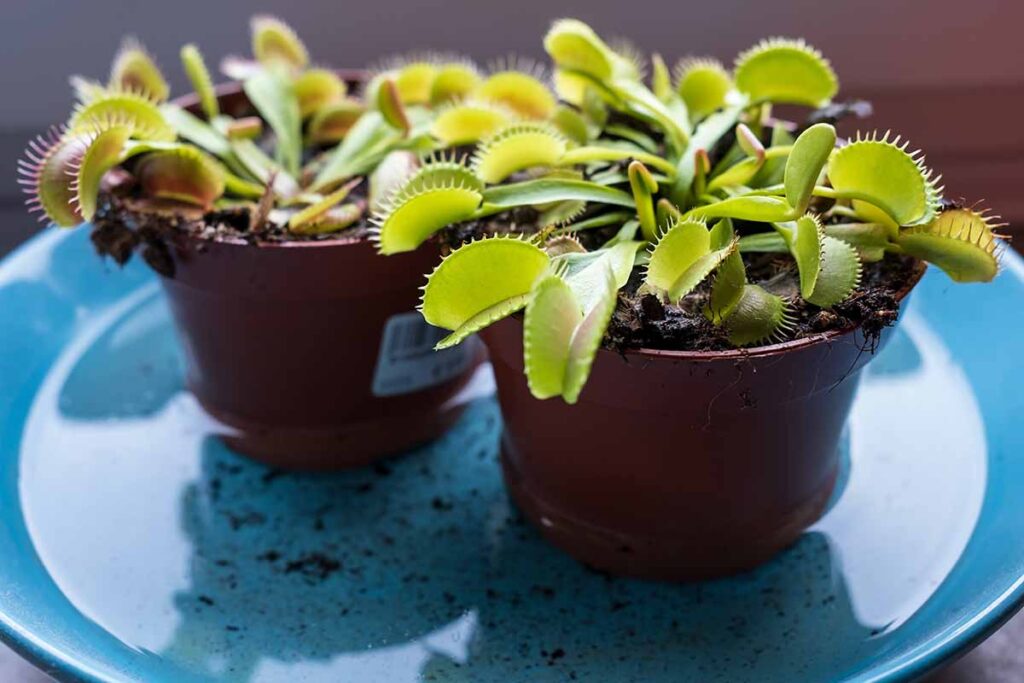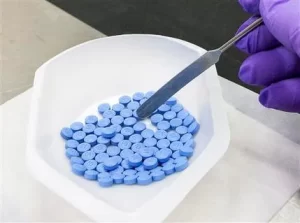
Overview of Venus Fly Traps
Venus fly traps (Dionaea muscipula) are fascinating carnivorous plants renowned for their unique ability to capture and digest insects. Native to the wetlands of North and South Carolina, these plants have gained popularity as intriguing additions to home gardens and collections.
Unique Adaptations of Venus Fly Traps
Venus fly traps possess specialized adaptations that enable them to capture and digest prey. Their iconic “traps” consist of modified leaves with hinged lobes lined with sensitive trigger hairs. When an insect makes contact with these trigger hairs, the lobes snap shut, trapping the prey inside.
Growing Conditions for Venus Fly Traps
To thrive, Venus fly traps require specific growing conditions that mimic their native habitat. These include well-draining, acidic soil, high humidity levels, and ample sunlight. Providing the right environment is essential for maintaining the health and vitality of these carnivorous plants.
Common Causes of Venus Fly Trap Turning Black
Improper Feeding
Overfeeding
One common cause of Venus fly traps turning black is overfeeding. While these plants rely on insects for nutrients, excessive feeding can overwhelm their digestive capabilities, leading to stress and deterioration of the traps.
Incorrect Prey Size
Feeding Venus fly traps prey that is too large can also result in blackening. The traps are designed to capture small insects, and attempting to consume larger prey can cause damage to the sensitive trap mechanisms.
Inadequate Light
Insufficient Sunlight
Another factor that can cause Venus fly traps to turn black is insufficient sunlight. These plants require at least 6 hours of direct sunlight per day to photosynthesize effectively and maintain healthy growth. Inadequate light exposure can weaken the plant and lead to discoloration.
Improper Lighting Conditions
Additionally, improper lighting conditions, such as exposure to harsh, direct sunlight or prolonged periods of shade, can stress Venus fly traps and cause them to darken. Finding the right balance of light intensity and duration is crucial for plant health.
Poor Water Quality
Watering with Tap Water
Using tap water or water high in minerals can negatively impact Venus fly traps. These plants are sensitive to the quality of water they receive, and minerals or chemicals present in tap water can accumulate in the soil over time, leading to blackening and decline.
Watering Frequency and Method
Overwatering or underwatering can also contribute to Venus fly traps turning black. These plants require consistently moist soil, but they are susceptible to root rot if the soil becomes waterlogged. Proper watering frequency and method are essential for maintaining optimal soil moisture levels.
Signs of a Healthy Venus Fly Trap
Vibrant Green Coloration
Healthy Venus fly traps exhibit vibrant green coloration in their leaves and traps. The leaves should be firm and upright, with no signs of wilting or discoloration. Darkening or blackening of the leaves may indicate stress or damage.
Active Trapping Mechanisms
Responsive trigger hairs and functional trap mechanisms are indicators of a healthy Venus fly trap. The traps should snap shut quickly when triggered by prey, and they should remain closed until digestion is complete. Limp or non-responsive traps may signal underlying issues.
New Growth and Offshoots
Continuous growth and the emergence of new leaves and offshoots are positive signs of a thriving Venus fly trap. Healthy plants will produce new leaves and, under optimal conditions, may even develop flower stalks. Monitor growth patterns to assess the plant’s overall health and vitality.
How to Revive a Blackened Venus Fly Trap
Assessing the Plant’s Condition
Before attempting to revive a blackened Venus fly trap, it is essential to assess the plant’s overall condition. Examine the leaves and traps for signs of damage or decay, and check the root system for any signs of rot or disease.
Correcting Care Mistakes
Once the underlying cause of blackening is identified, take steps to correct care mistakes and improve growing conditions for the plant. Adjust feeding practices, lighting exposure, and watering routines to address specific issues and promote recovery.
Providing Optimal Conditions for Recovery
Create an optimal environment for the Venus fly trap to recover and regain its health. Repot the plant in fresh, well-draining soil, and provide adequate humidity and temperature levels to support growth. Monitor the plant closely and make any necessary adjustments to ensure successful recovery.
Conclusion: Nurturing Your Venus Fly Trap Back to Health
In conclusion, understanding the common causes of Venus fly traps turning black and taking proactive measures to address underlying issues are essential for nurturing these fascinating plants back to health. By providing optimal growing conditions, correcting care mistakes, and closely monitoring the plant’s progress, you can revive a blackened Venus fly trap and enjoy its captivating beauty for years to come. Remember to be patient and attentive to the plant’s needs, and you’ll be rewarded with a thriving and vibrant Venus fly trap in your home or garden.




